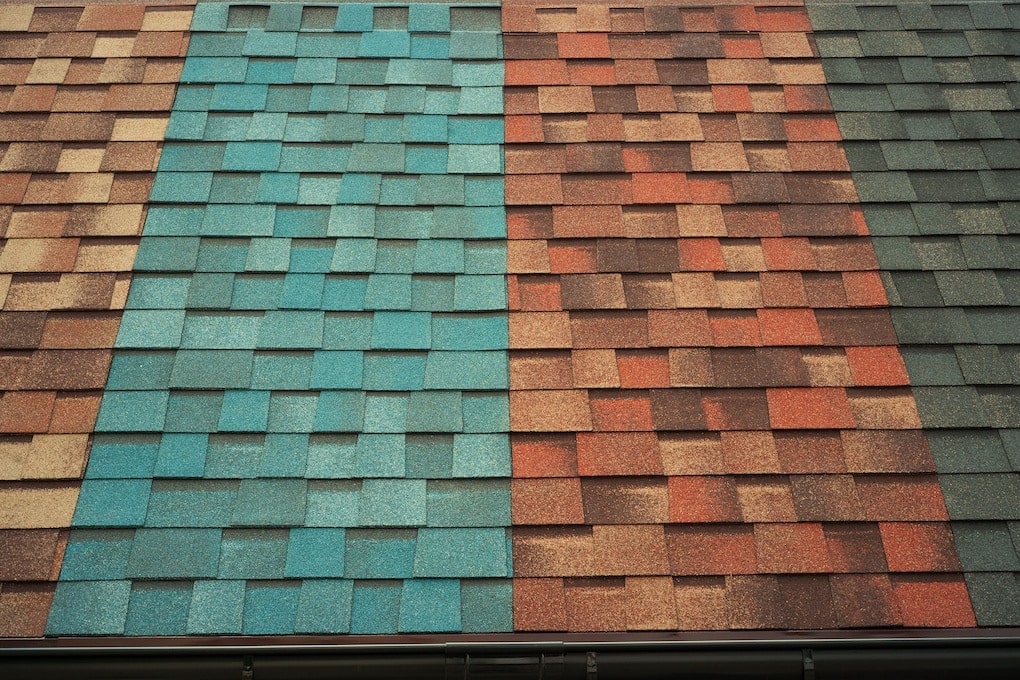Roofing Colors: Finding the Right Shade for Your Property
Choosing the right roof color can transform your home’s appearance and impact its energy efficiency. Excellent roofing teams often emphasize that color selection involves considering your home’s style, neighborhood, climate, and personal preferences. The roof covers a large portion of your home’s exterior, making it one of the most visible features that affects curb appeal and property value. This guide covers the key factors to consider when selecting roofing colors, from matching your architecture to planning for long-term maintenance needs.
Understanding Your Property’s Architecture
Your home’s architectural style should guide your choice of roof color. Traditional Colonial homes look best with classic colors like black, gray, or dark brown. Mediterranean-style properties work well with warm terracotta or clay colors. Modern homes can accommodate bold choices, such as charcoal or metallic finishes. Victorian houses benefit from darker colors that highlight their detailed trim work. Ranch-style homes are versatile and can be paired with both light and dark colors. The key is to ensure that your roof color supports your home’s architectural character.
Harmonizing With Surrounding Environment
Your roof color should complement the natural surroundings of your home. Observe the colors that predominate in your area. In wooded areas, earth tones such as brown, green, or gray help your home blend in naturally. Desert locations often look best with warm colors, such as tan or terra cotta. Coastal areas can handle cooler colors, such as gray or blue. Also, consider your neighbors’ roof colors to ensure your choice fits the neighborhood character. You don’t need to match exactly, but avoid colors that make your home stand out in an unpleasant way.
Considering Climate and Sun Exposure
Your local climate should influence your color choice for comfort and energy efficiency. In hot, sunny climates, light-colored roofs reflect heat and help keep your home cooler, lowering air conditioning costs. White, light gray or beige roofs are well-suited for areas like Arizona or Florida. In cooler climates, dark-colored roofs absorb heat and can help warm your home, reducing heating costs. Black, dark brown or dark gray roofs are good choices for northern states. If your roof gets full sun all day, lighter colors prevent heat buildup.
Reflecting Personal Style and Preferences
Your roof color is an opportunity to express your style while preserving your home’s character. If you prefer a bold, dramatic look, consider contrasting your roof color with your siding, such as a dark roof on a lighthouse or vice versa. For a more subtle approach, choose colors that blend harmoniously with your exterior walls and trim. Consider whether you want your roof to be a standout feature or prefer it to blend into the background. Some homeowners love the classic look of a red tile roof, while others prefer the sleek appearance of metal roofing in modern colors. Consider how different colors make you feel – warm colors, such as red and brown, create a cozy feeling, while cool colors, like blue and gray, feel more crisp and clean.
Assessing Long-Term Maintenance Implications
Different roof colors require different amounts of maintenance over time, which affects both appearance and costs. Lighter colors, such as white, light gray, and beige, hide dirt, pollen, and debris better than dark colors, meaning they require washing less often. These colors also fade less noticeably over time since they don’t absorb as much UV radiation. Dark colors, such as black, dark brown, and navy blue, show dirt, bird droppings, and algae growth more easily, requiring more frequent cleaning to maintain their appearance. However, dark colors can conceal certain types of staining more effectively than light colors. Consider your local environment – areas with lots of trees may result in more debris on your roof, while dusty areas may cause light colors to appear dirty more quickly—factor in cleaning costs and the effort required to maintain your chosen color when making your decision.
Related Topics:


2 Comments
Comments are closed.